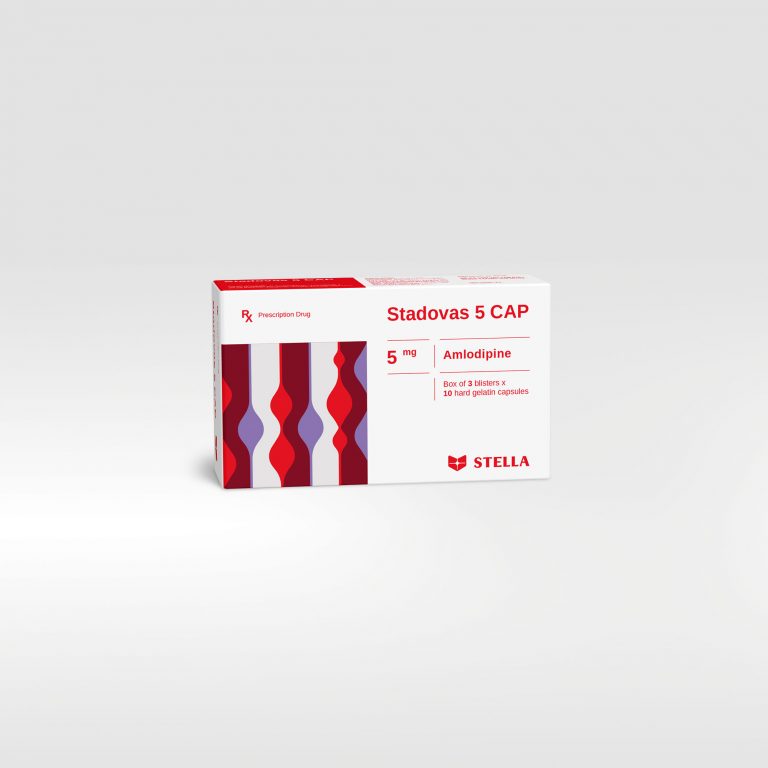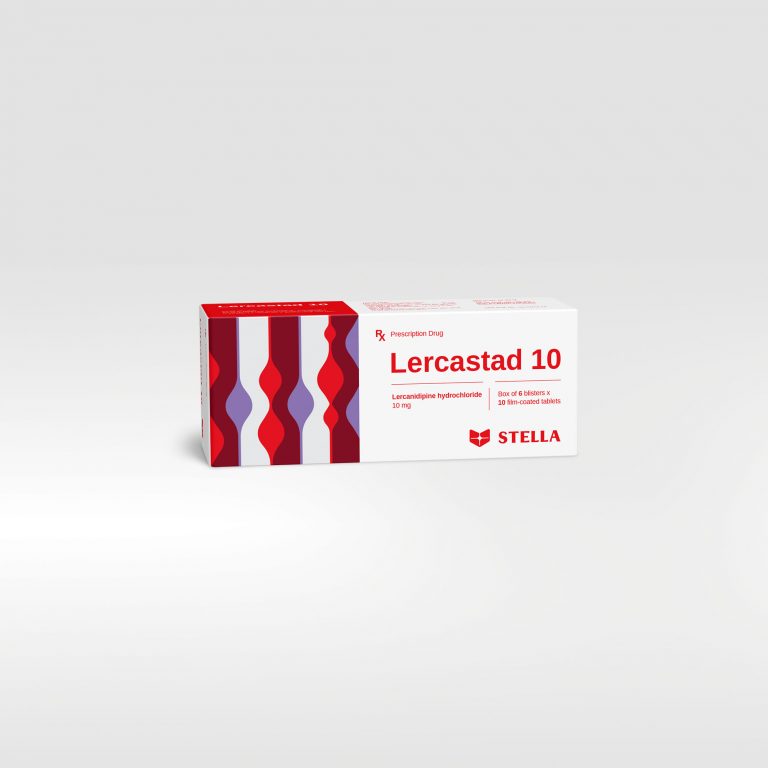Indications
- Stadlacil 4 is indicated for the treatment of hypertension either alone or in combination with other antihypertensive agents, including β-adrenoceptor antagonists, diuretics, and ACE-inhibitors.
Dosage
Adults
- The treatment of hypertension should be adapted to the severity of the condition, and according to the individual response.
- The recommended initial dose is 2 mg once daily. The dose may be increased to 4 mg (and then, if necessary, to 6 mg) after adequate time has been allowed for the full pharmacological effect to occur. In practice, this should not be less than 3 to 4 weeks.
- Daily doses above 6 mg have not been shown to besignificantly more effective.
- Lacidipine should be taken at the same time each day, preferably in the morning.
- Treatment with lacdipine may be continued indefinitely.
Patients with hepatic impairment
- Lacidipine is metabolised primarily by the liver and therefore in patients with hepatic impairment, the bioavailability of lacidipine may be increased and the hypotensive effect enhanced. These patients should be carefully monitored, and in severe cases, a dose reduction may be necessary.
Patients with kidney disease
- As lacidipine is not cleared by the kidneys, the dose does not require modification in patients with kidney disease.
Paediatric
- No experience has been gained with lacidipine in children.
Usage







